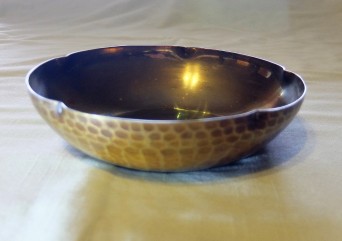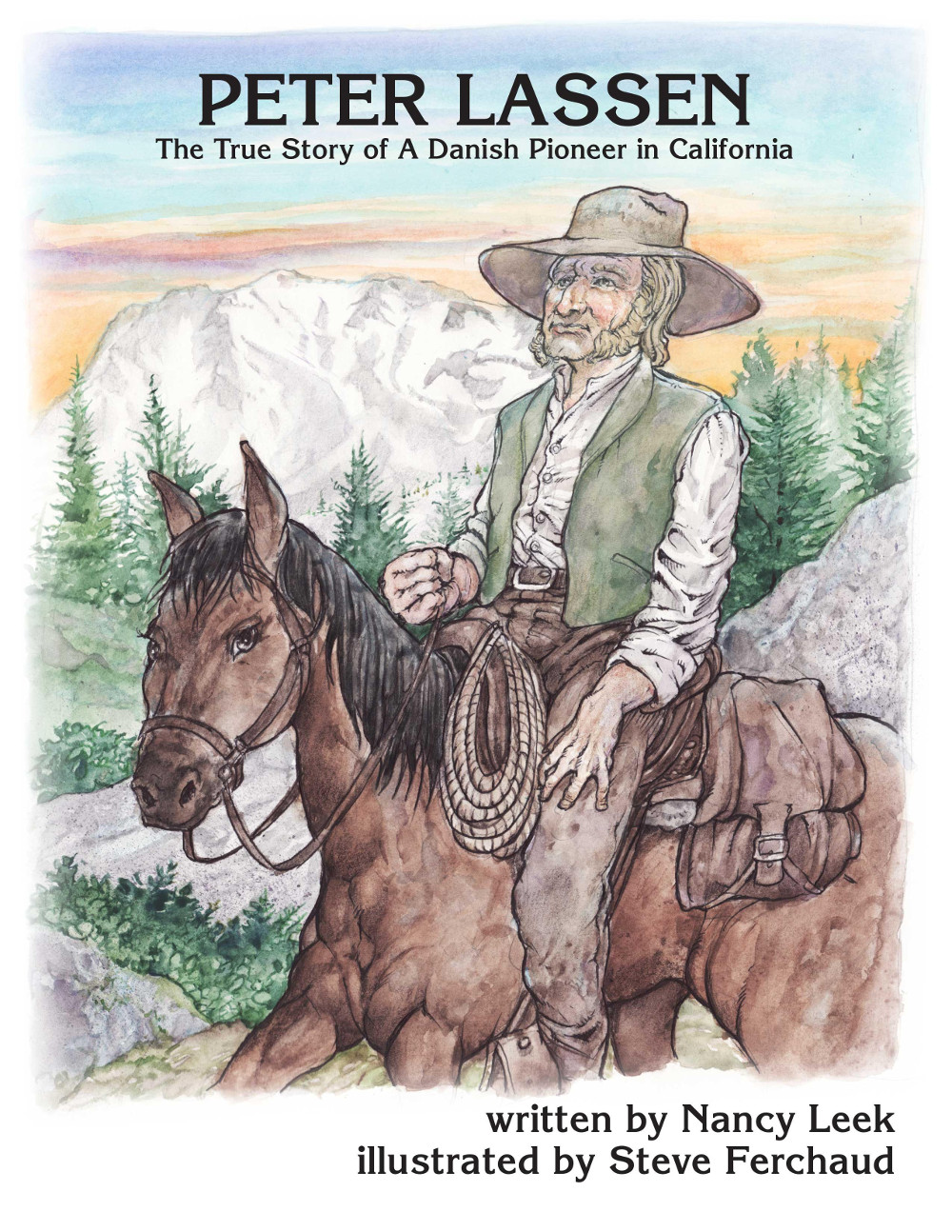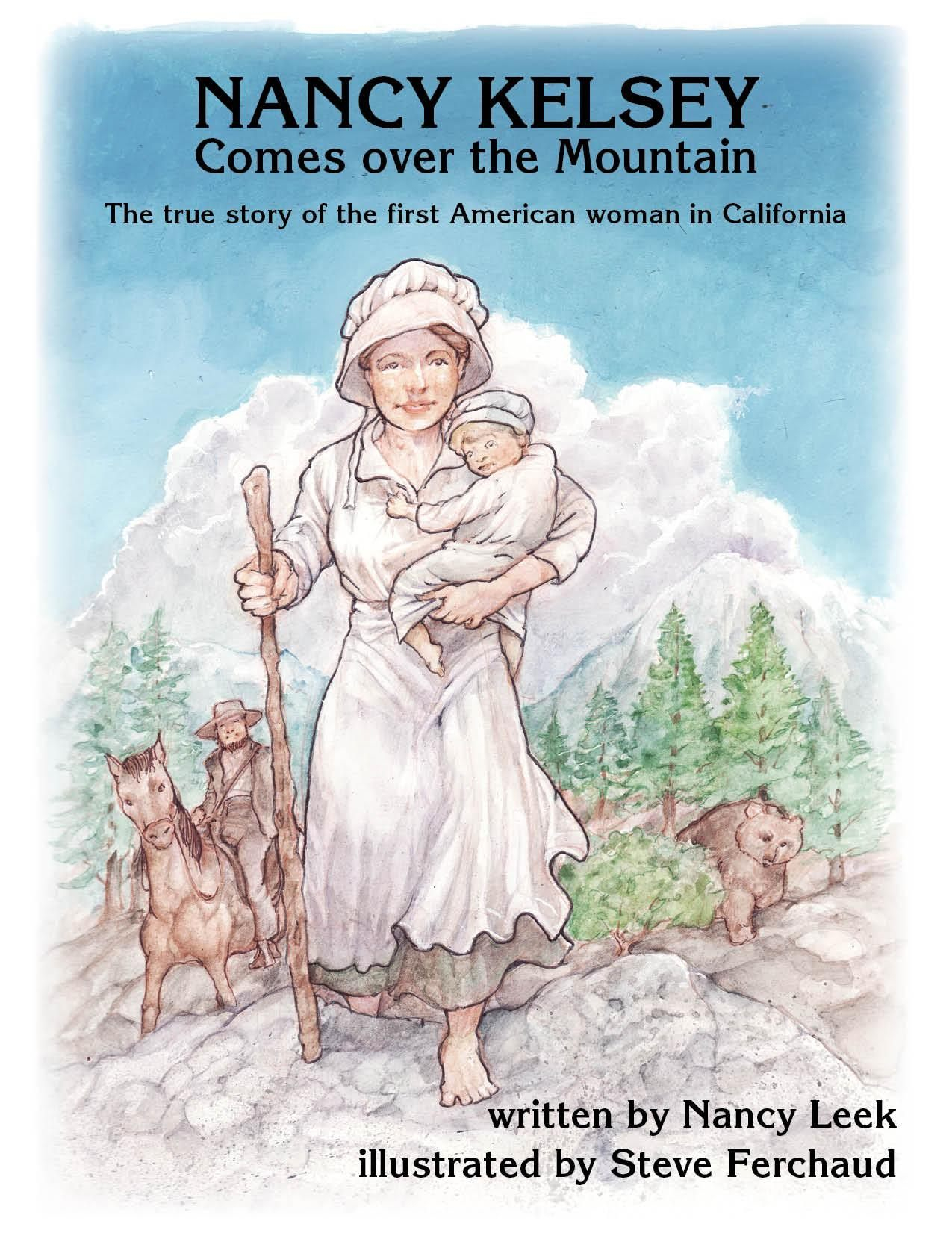 This bowl was a gift to my husband’s maternal grandparents, Robert and Mary Grace DeBeque, who lived in Chico during the 1940s and ’50s. I don’t know everything I would like to know about the bowl, but the letter accompanying it tells a great deal about the givers and about a significant period in Chico and American history.
This bowl was a gift to my husband’s maternal grandparents, Robert and Mary Grace DeBeque, who lived in Chico during the 1940s and ’50s. I don’t know everything I would like to know about the bowl, but the letter accompanying it tells a great deal about the givers and about a significant period in Chico and American history.
The bowl was a gift from Shigeto and Satsuyo Ohmura to their friends, the DeBeques. For over twenty years Mr. Ohmura, who used Tom as his American name, was the proprietor of the Home Grown Vegetable Market, and a leader in the Japanese community in Butte County. The market was located at 171 E. 2nd Street, between Main St. and Wall St., and their produce was considered the finest available in Chico.*
 The metal bowl is 6 ½ inches wide, and sits in a cushioned box covered on the outside with brocade fabric. The box also contains a pair of chopsticks, although I can’t imagine actually eating rice from this bowl. It seems more decorative than practical.
The metal bowl is 6 ½ inches wide, and sits in a cushioned box covered on the outside with brocade fabric. The box also contains a pair of chopsticks, although I can’t imagine actually eating rice from this bowl. It seems more decorative than practical.
A label in the box indicates that it came from the Fukuya Department Store in Hiroshima. Established in 1929, the store survived the war and is still in business today. The bowl can’t have been imported during World War II, so either the Ohmura’s store also carried Japanese fancy goods, or this was one of their personal possessions. I assume they gave it to their friends the DeBeques before their involuntary departure.
Both Mr. and Mrs. Ohmura were American citizens, born in Hawaii when it was a territory of the United States. Shigeto Ohmura had gone to Japan for education and then emigrated to the United States. His wife followed a similar pattern. I am not sure what year they came to Chico, but they were living in Chico by 1922 when their first child was born. They had two children, May (b. 1922) and Paul (b. 1925), who as teenagers were popular students at Chico High School.
The attack on Pearl Harbor by Japan on December 7, 1941 shocked Americans, and fear and suspicion ran high. Suddenly every Japanese person was regarded as a possible spy or saboteur. The call to remove all Japanese, whether U.S. citizens or not, from the West Coast, was immediate. Responding to the general hysteria and calls for action from all levels of state and national government, President Roosevelt on February 19, 1942 signed Executive Order 9066, authorizing the internment of all Japanese residing in areas designated as military zones. Evacuation of Japanese residents in Butte County to the Tule Lake internment camp began in early July.
Next: The Ohmura Family at Tule Lake
*Information about the Ohmura family and the internment of Japanese residents of Butte County comes from The Japanese Experience in Butte County, California, by Archie McDonald (Association for Northern California Records and Research, 1993). The book is available from anchr.org.





